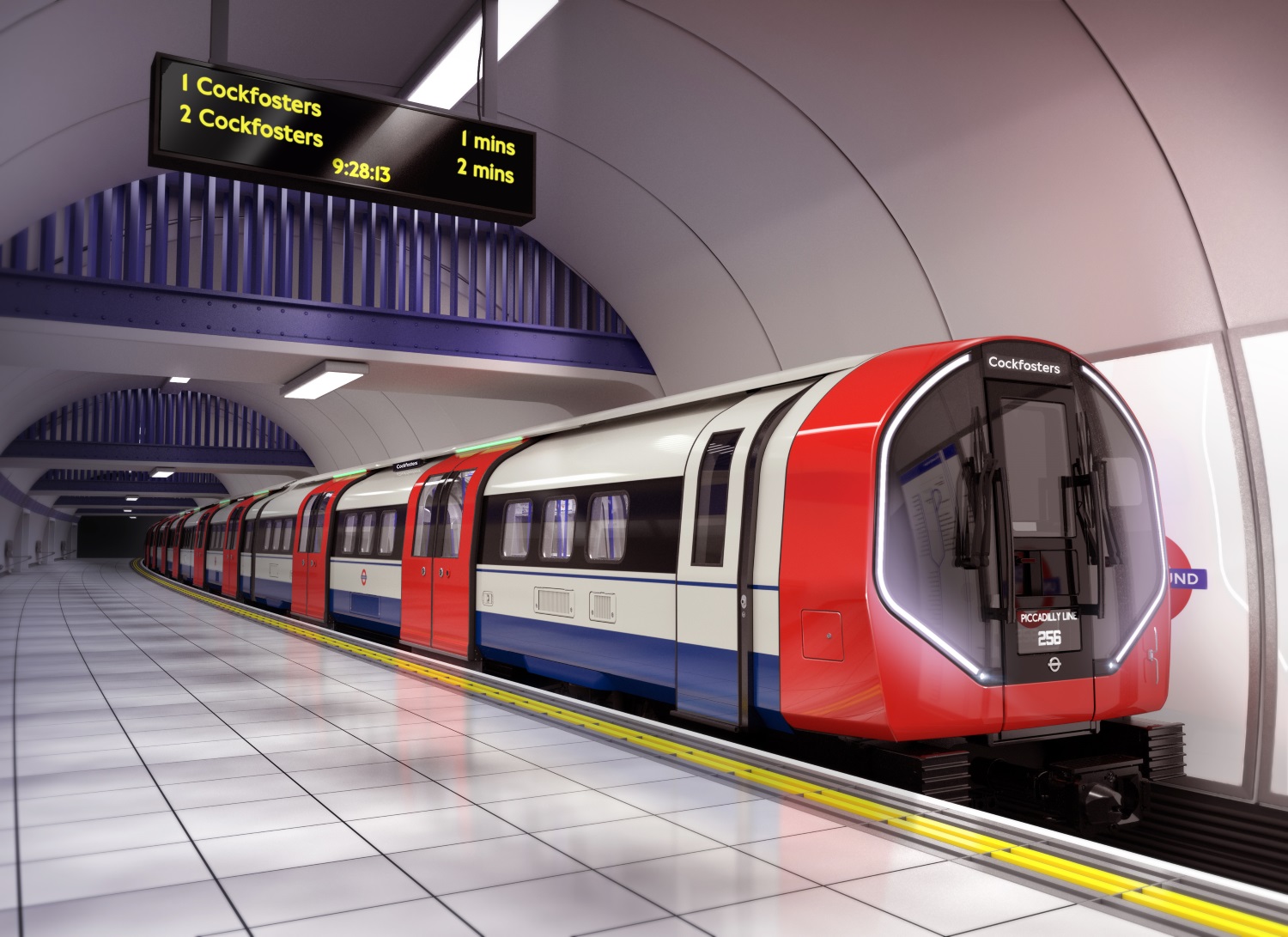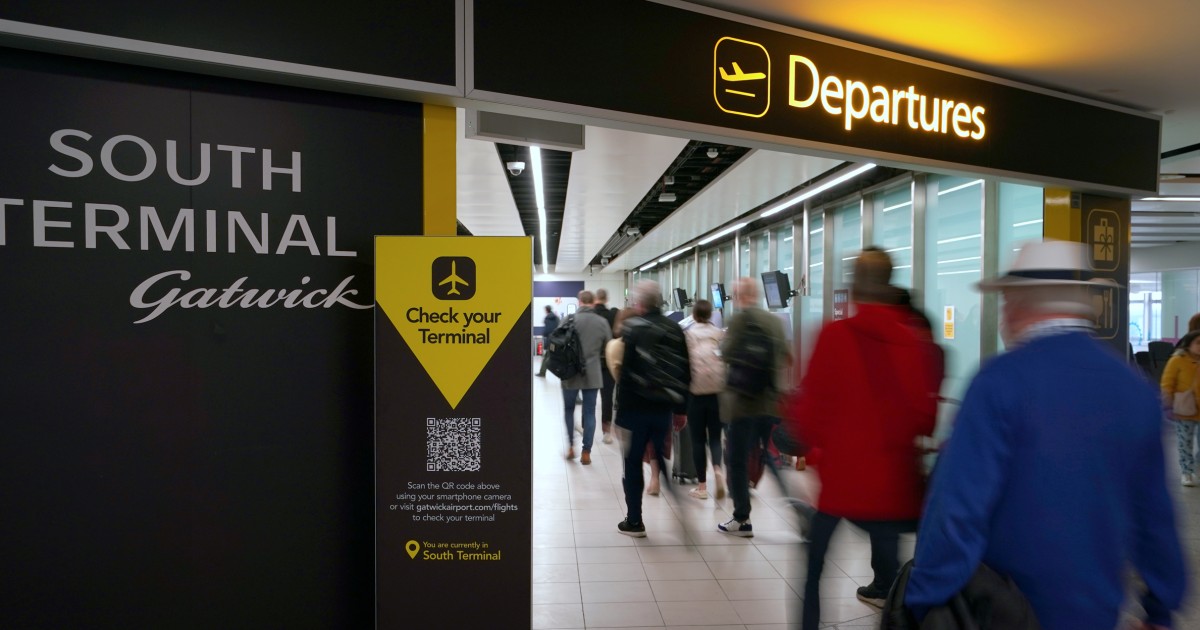Infra
Track and Platform Upgrades to Modernise London’s Piccadilly Line

Transport for London (TfL) will complete a series of essential track and platform upgrades ahead of the first new Piccadilly line test train arriving later this year.
This work will result in a series of planned part closures on the Piccadilly line. It will pave the way for a fleet of 94 new trains to serve the line from 2025.
A new Piccadilly line test train
© Siemens Mobility
Throughout July and August, weekend part closures will occur on the Piccadilly line. A 16-day part closure will then take place from Saturday 17 August to Sunday 1 September.
The essential work will include renewing track, points and crossings in the Arnos Grove area. In addition, work will be carried out around Cockfosters Tube station, Cockfosters Depot and the Arnos Grove train sidings.

The exterior of a new Piccadilly line train
© Siemens Mobility
These upgrades are essential to ensure the line is ready for the first new Piccadilly line trains, which will arrive in London for testing later this year.
A fleet of 94 new trains will then be introduced from 2025 as part of a 2.9 billion GBP investment to help modernise the line.
“I’d like to thank our customers for their patience while we carry out these essential upgrades to the Piccadilly line. The closures will help us prepare for the arrival of the fleet of 94 brand-new trains which will transform journeys on the line in the coming decades. Introducing a new fleet of trains is a huge engineering and logistical feat. Although much of the hard work goes on behind the scenes, there are times when we need to close sections of the railway to ensure that all existing infrastructure is compatible with the new trains. Closures of this type are scheduled to take place, where possible, in school holidays when demand on our network is significantly reduced.”
Up to 80 percent of the new Piccadilly line trains will be built in the UK at Siemens Mobility’s new manufacturing facility in Goole, Yorkshire.
They will feature walk-through carriages, wider double doorways, enhanced digital display screens, on-train CCTV cameras and air-conditioning, marking a first for Deep Tube line.
The introduction of the new trains will increase capacity by 10 percent and will also improve energy efficiency and accessibility.










